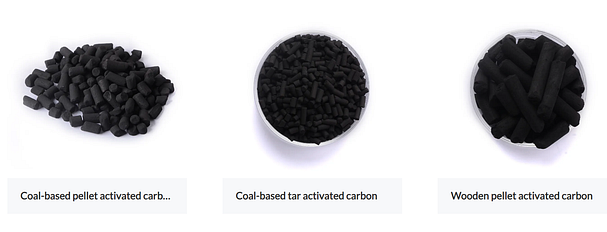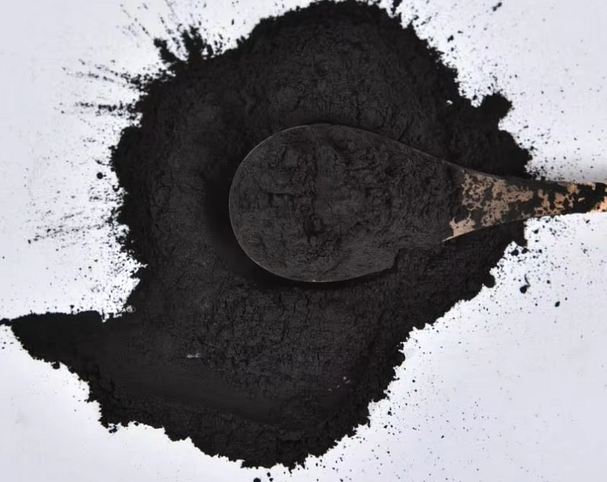The classification of activated carbonmainly includes the following categories:

- Classification by material: activated carbon can be divided into wood-based activated carbon, fruit shell activated carbon, coal-based activated carbon, regenerated carbon, and petroleum-based activated carbon.
- Classification by shape: activated carbon can be divided into powdered activated carbon, granular activated carbon, spherical activated carbon, fiber carbon, and honeycomb activated carbon.
- Classification by manufacturing method: activated carbon can be divided into activated carbon, strong alkaline activated carbon, gas activation carbon, and steam activation carbon.
- Classification by function: activated carbon can be divided into high specific surface area activated carbon, molecular sieve activated carbon, loaded activated carbon, bioactivated carbon, and nano-mineral crystal activated carbon.
In addition, according to the different raw materials, activated carbon can be mainly classified into four types: coconut shell activated carbon, wood-basedactivated carbon fruit shell activated carbon, and coal-based activated carbon. Coconut shell activated carbon is made from coconut shells and is relatively expensive. Wood-based activated carbon has high cost-effectiveness and long service life. The raw materials for fruit shell activated carbon are similar to coconut shell activated carbon but more widely available and relatively reasonable in price. Coal-based activated carbon is produced from coal and has strong adsorption capacity and high reuse rate.
How to choose the appropriate activated carbon product?
Activated carbon has many pores under the microscope that adsorb harmful substances in liquids and gases.
We recommend suitable activated carbon products based on the customer’s usage scenario.
For air purification, gas treatment, VOCs adsorption, and deodorization, we generally recommend columnar activated carbon and honeycomb activated carbon. These two forms of activated carbon have relatively large pore diameters and can better contact the air to fully adsorb harmful gases. 3mm/4mm columnar activated carbon and 1.5mm pore diameter honeycomb are commonly selected types by customers.

For liquid purification and recovery in sewage treatment, water purification, etc., we suggest using granular activated carbon. For industrial or domestic sewage treatment, coal-based granular activated carbon is preferred.

For drinking water purification, rapid filtration, drinking water purification equipment, water purification faucet filters, water treatment facilities, we suggest using coconut shell activated carbon. 14–40 mesh and 8–30 mesh particles are uniform . without any impurities or dust.
For air pollution caused by garbage incineration, coal-based powdered activated carbon is the best choice.
For food and beverages, wine decolorization, we suggest using wood-based powdered activated carbon. 325 mesh powdered activated carbon is as delicate as flour and has excellent decolorizing effect.

For water parks, swimming pools water purification, we suggest using waterproof honeycomb activated carbon.

For painting rooms, car painting, furniture painting, packaging and printing facilities, these areas emit harmful gases such as formaldehyde and VOCs. Common honeycomb activated carbon is the preferred choice with low air resistance, fast absorption and desorption, and reusability suitable for large airflows at low concentrations providing cost-effective solutions.
If you still have any knowledge related to activated carbon products that you want to know about, please tell us. We are an activated carbon manufacturer and are always ready to assist you.

